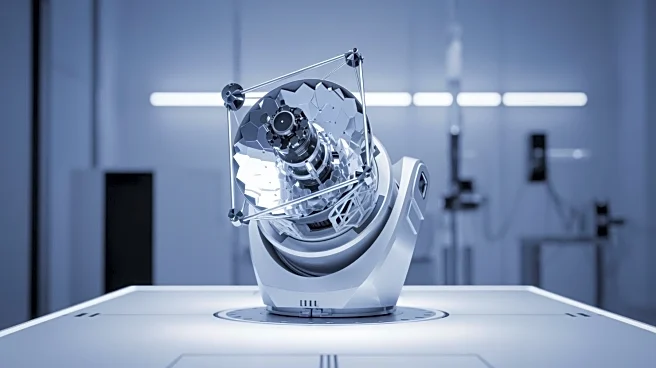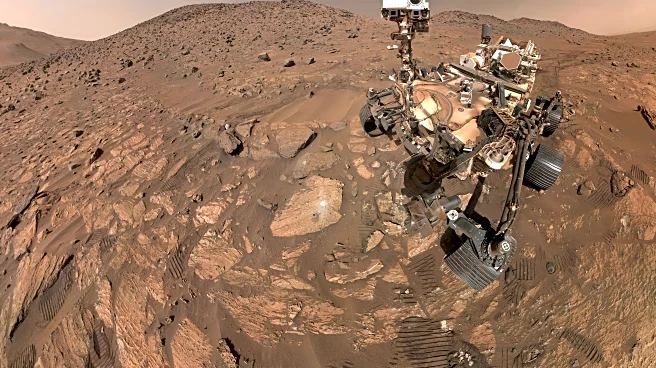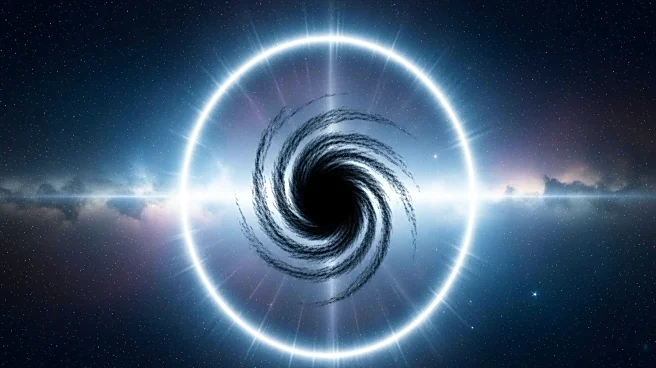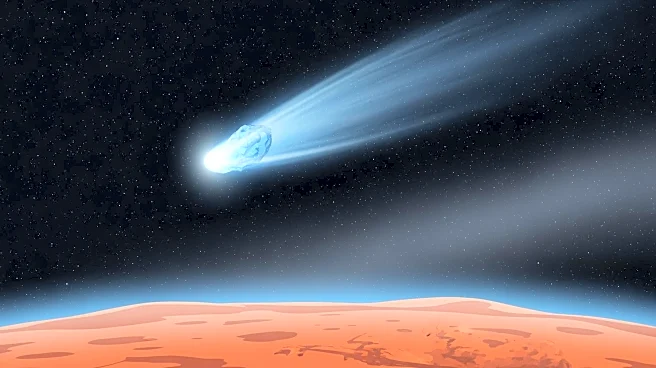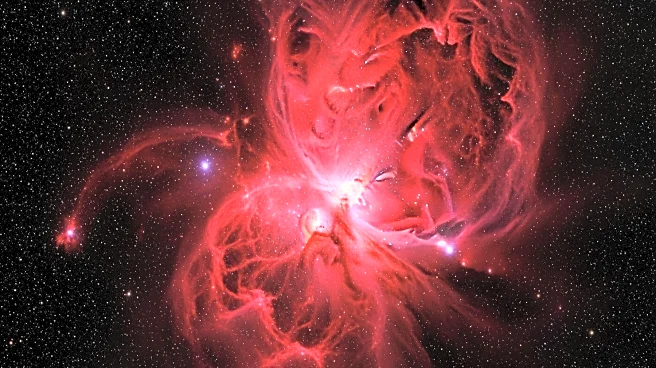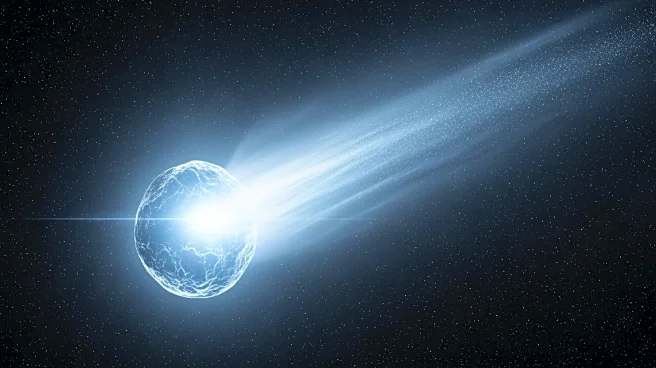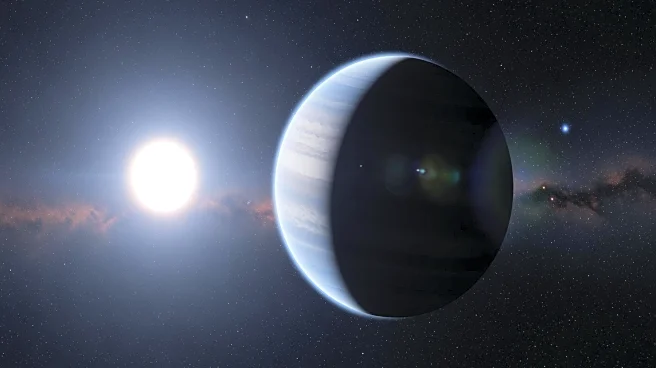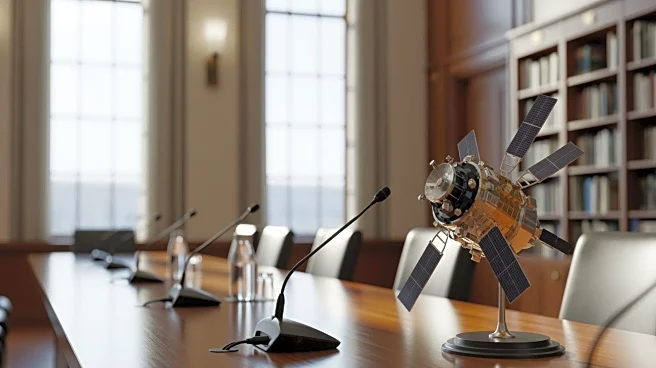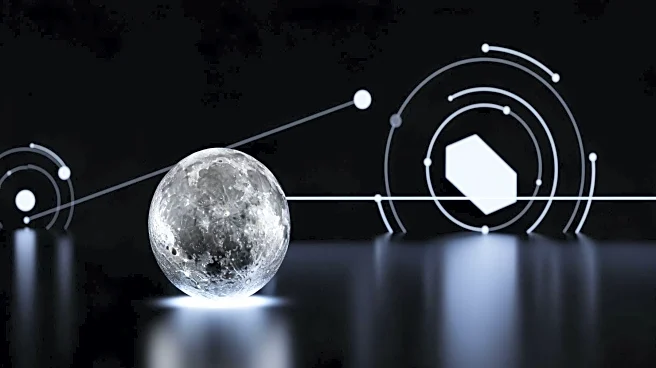What's Happening?
NASA's Nancy Grace Roman Space Telescope has successfully completed a series of critical tests, marking significant progress towards its scheduled launch. The telescope's outer portion underwent vibration
and acoustic testing to simulate the conditions of a rocket launch, ensuring its structural integrity. Meanwhile, the inner portion, which includes the telescope and instruments, passed a 65-day thermal vacuum test to confirm its functionality in space. These tests are crucial for the telescope's mission to explore dark energy, exoplanets, and astrophysics. The Roman Space Telescope is managed by NASA's Goddard Space Flight Center, with contributions from various research institutions and industrial partners.
Why It's Important?
The successful completion of these tests is a pivotal step in preparing the Roman Space Telescope for its mission, which aims to address fundamental questions in astrophysics and cosmology. By studying dark energy and exoplanets, the telescope could provide insights into the universe's expansion and the potential for life beyond Earth. The project involves collaboration among multiple NASA centers and industry partners, highlighting the importance of teamwork in advancing space exploration. The telescope's findings could influence future research and technology development in space science.
What's Next?
The next phase involves integrating the telescope's major components, with the goal of completing the observatory by the end of the year. Final tests will follow before the telescope is transported to NASA's Kennedy Space Center for launch preparations. The launch is scheduled for May 2027, with potential for an earlier date in fall 2026. The successful deployment of the Roman Space Telescope will mark a significant milestone in NASA's efforts to explore the cosmos.
